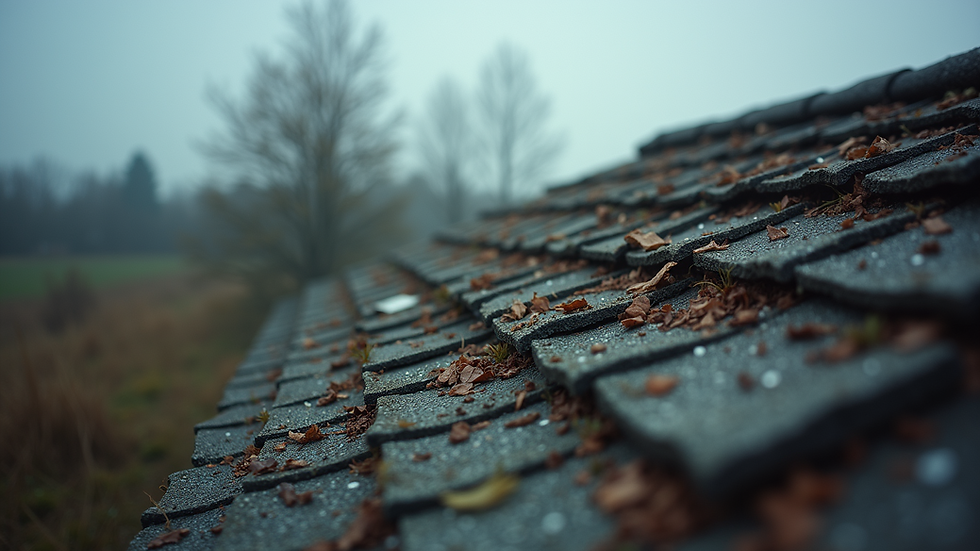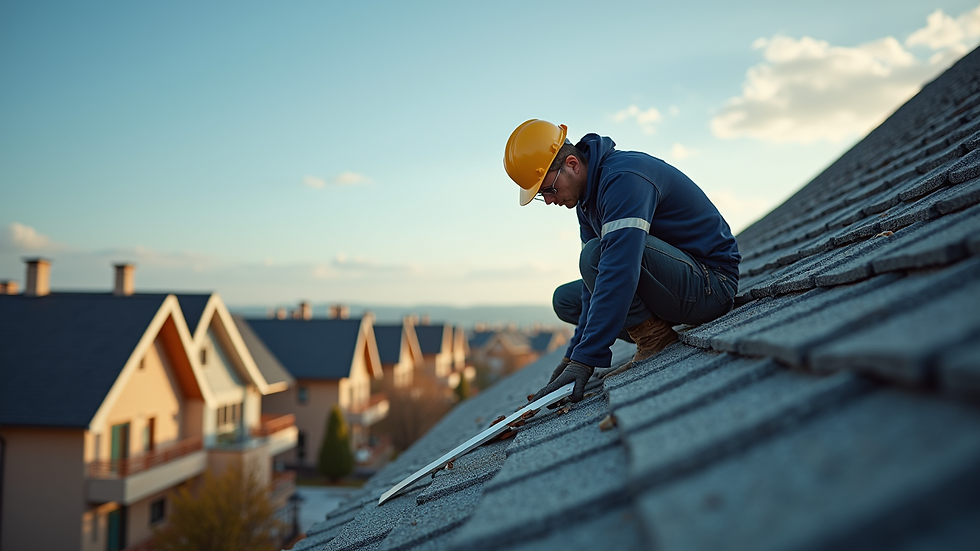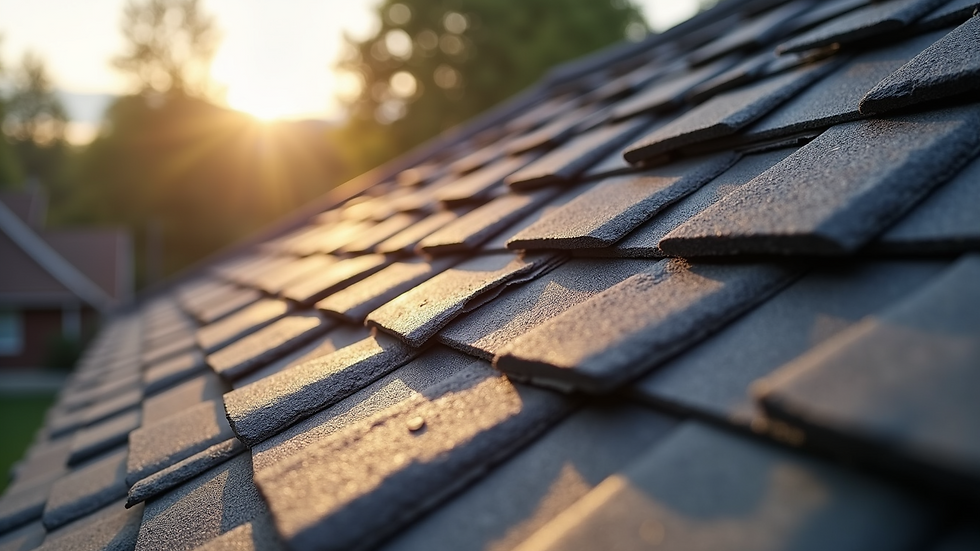How to Restore Your Roof After Severe Weather
- avery343
- Jun 9
- 3 min read
Severe weather can wreak havoc on your home, and the roof is often one of the most affected areas. From high winds to heavy hail, Mother Nature can put your roof through the wringer. It's crucial to act quickly and responsibly to restore your roof to its former glory. In this article, we will explore the steps for effective roof restoration after severe weather.
Understanding Roof Restoration
Roof restoration is not just about fixing damage; it's about bringing your roof back to a state of good health. Regular maintenance and timely repairs can extend the life of your roof, saving you money in the long run. After severe weather, it's essential to understand the types of damage your roof may have sustained. Here are some common types of damage:
Shingle Damage: Shingles can crack, curl, or get completely blown off during a storm.
Leaking: Heavy rain may cause leaks due to damaged or missing shingles.
Structural Damage: Strong winds can affect the structural integrity of the roof itself.
It's vital to assess the situation calmly and efficiently.

Inspecting the Damage
The first step in restoring your roof is to inspect the damage thoroughly. Start with a close look from the ground. Use binoculars to spot areas that need attention to avoid unnecessary climbing. Check for:
Missing or damaged shingles
Leaks or water stains on your ceiling
Debris buildup that could retain moisture
If you discover severe damage or if you're unable to safely perform this inspection, it's advisable to hire a professional. Experienced contractors can conduct a thorough roof inspection and provide you with an accurate assessment.

Prioritizing Repairs
Once you've assessed the roof's condition, it's time to prioritize your repairs. Start with the most critical issues that could lead to further damage. This often includes:
Roofing leaks: Addressing leaks immediately can prevent water damage to your home.
Structural problems: If your roof's structure is compromised, it is crucial to reinforce or repair it.
Consider the material of your roof as well. Asphalt shingles may require different types of repairs compared to tile or metal roofing. Always follow proper safety precautions when working on your roof. Wearing sturdy shoes and using safety harnesses can prevent accidents.
Initiating the Restoration Process
After identifying the problems, it’s time to begin the restoration process. Here’s how to get started:
Gather Materials: If you're doing the repairs yourself, ensure you have all the necessary materials, such as shingles, nails, flashing, and sealant.
Remove Debris: Clear away any debris from your roof, like branches and leaves, which can cause further damage.
Repair or Replace Shingles: Carefully remove damaged shingles and replace them with new ones. Sealing the area with roofing cement can prevent future leaks.
Addressing Leaks: Leaks typically require applying roofing tar or sealant to the affected area. Make sure to check if the source of the leak is fixed before sealing.
Professional Help: If you’re unsure about the restoration process, don’t hesitate to contact a roofing professional. Their expertise can ensure the job is done correctly, including issues like ventilation and insulation that may need attention.

Maintaining Your Roof After Restoration
Once your roof has been restored, maintenance becomes essential. Here are some recommended practices to keep your roof in excellent condition:
Regular Inspections: Schedule annual inspections to catch any potential issues early.
Clean Gutters: Keeping your gutters free of debris will help direct water away from your roof.
Trim Overhanging Branches: Trees near your roof can cause damage during storms. Keep branches pruned back.
Reapply Sealant: If your roof is older, consider reapplying sealant to keep it protected against harsh weather conditions.
By investing in your roof’s maintenance, you will prolong its life and enhance the overall health of your home.
Final Thoughts on Roof Restoration
Restoring your roof after severe weather can seem like a daunting task, but following these systematic steps can make the process manageable. Always prioritize your safety and the structural integrity of your home. Should you encounter significant damage or feel overwhelmed, don't hesitate to seek assistance from professionals.
Remember, you can find more information on storm damage restoration services to help guide you through bringing your roof back to life. Protect your home today so it can weather the storms of tomorrow effectively.


Comments